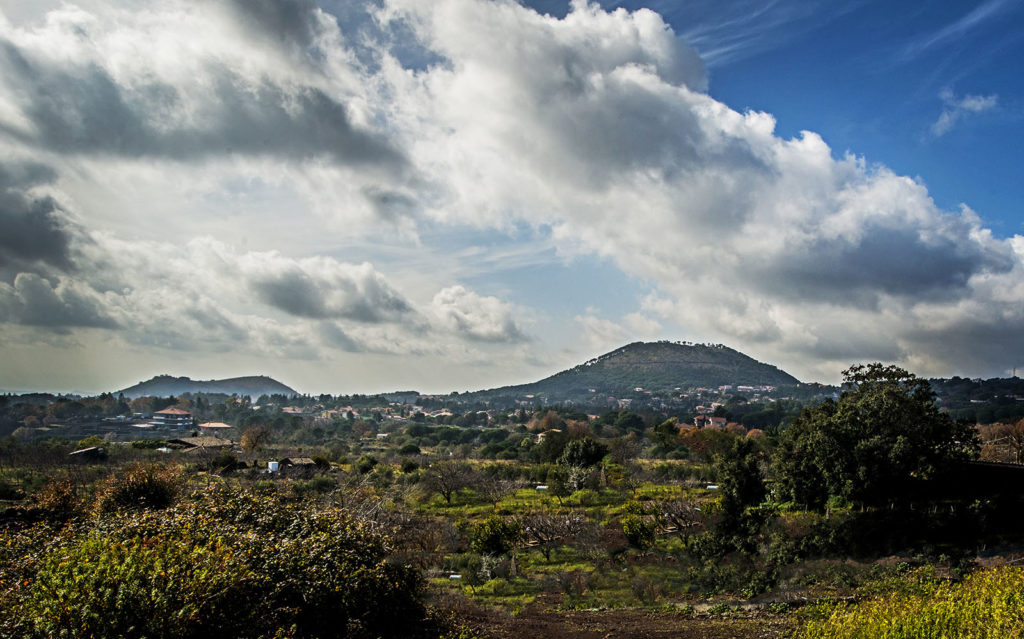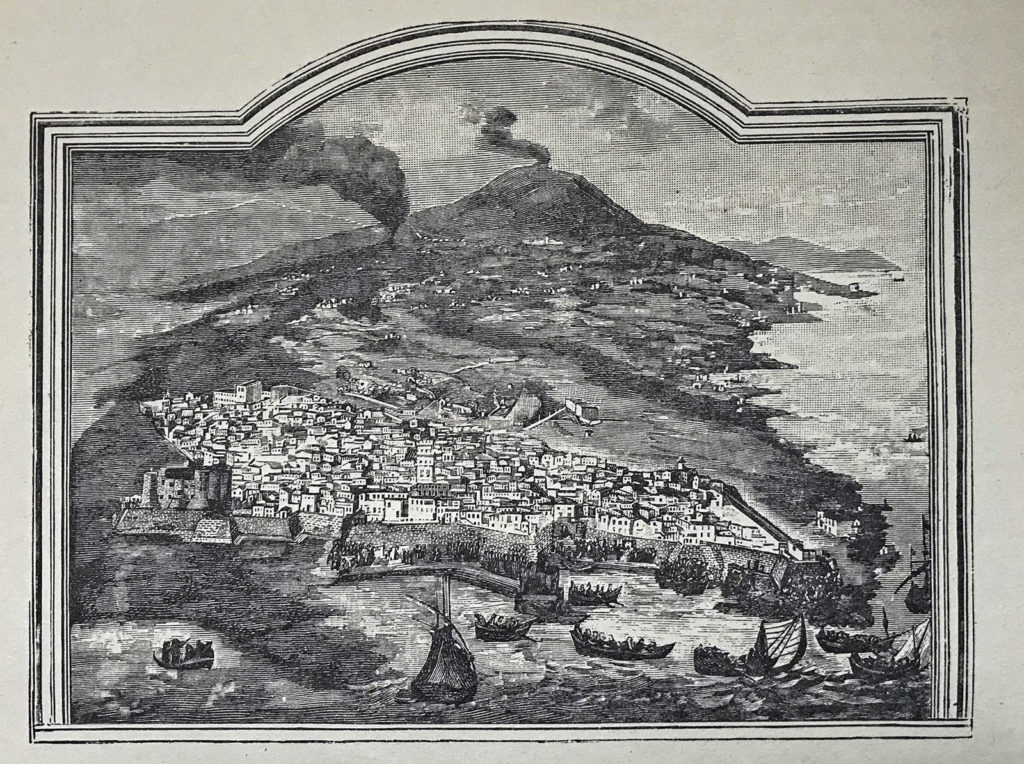The 17th century was a very troubled period for populations on the slopes of Etna. In fact, in 1607 a very intense eruptive phase began, in which there was emission of lava flows with extremely high and
unusual
volumes (3 km3 in less than one hundred years, around three times the normal emission rate for Etna). Over the course of this century, there were not many eruptive events, but they were long in duration. The main eruptions occurred in 1607-10, 1614-24, 1634-38, 1646-47, 1651-53, 1669 and 1689.
As if high volumes and long periods were not enough, almost all these eruptions were lateral, coming not from the summit craters, but along radial fractures at altitudes between 2400 and 900 metres. Of these, the most important, known and remembered by the local people, was the 1669 eruption. There is almost direct evidence of this eruption thanks to stories collected by
Wolfgang Sartorius von Waltershausen
. The eruption began in mid-March 1669, with the opening of a fracture that spread from the summit craters to the town of Nicolosi in very few days. This is where the Strombolian activity began, with the formation of the present-day Monti Rossi, accompanied by high volumes of lava.

In a few months, the lava, which had already started from a low altitude (around 1000 metres), reached Catania, covering almost half of the city, and the sea. It was the longest lava flow, around 17 kilometres, emitted by Etna in the last 15,000 years.
Finishing off the century was the devastating 7.4 magnitude earthquake in 1693, which completely razed Catania and most of Eastern Sicily to the ground.
